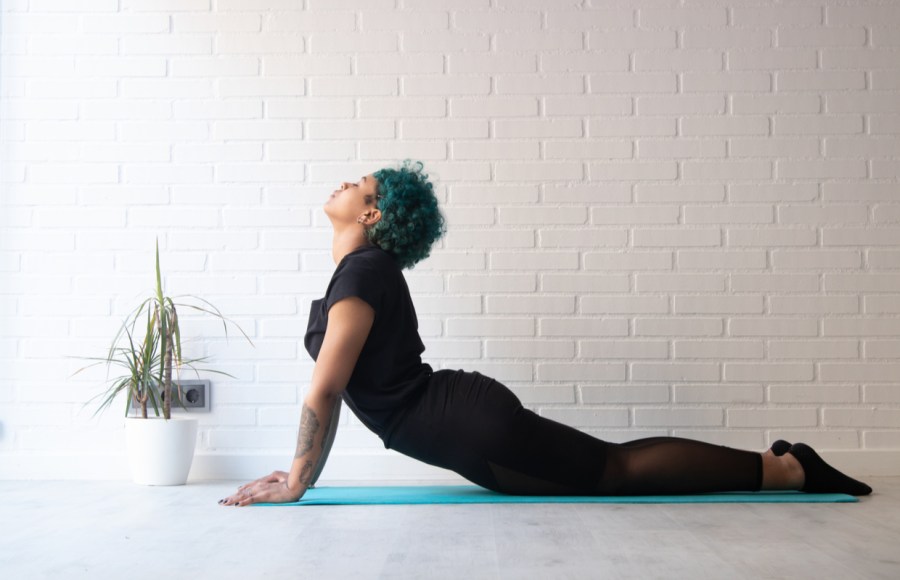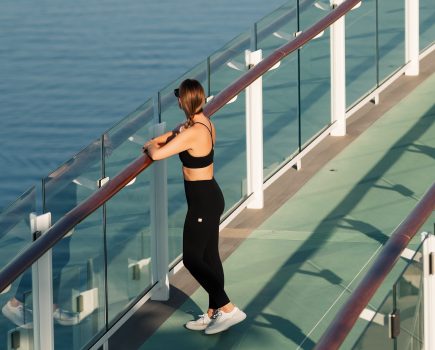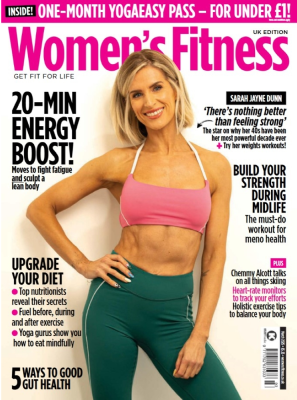Struggling with super tight shoulders, hips or quads? Yoga might be able to help. Read on to discover the best yoga poses for improved flexibility and relief from tight muscles…
By Eve Boggenpoel
Whether you want to boost your sports performance or counteract long hours at your desk, yoga is a great way to increase your range of motion (ROM). Regular practice is key, so fit in a session as often as you can, ideally three or four times a week, and start with seated or lying poses so you can focus on increasing your flexibility without the added challenge of balance or stamina. If muscles are tight, use a block as an extension of your arms (try it in pyramid, standing forward folds or reverse triangle), and place a strap around the ball of your foot in hand to toe pose.
Aim to spend longer in asanas than you might normally. American yoga expert Erich Schiffmann suggests stretching until you meet your ‘edge’ (which he describes as ‘the place before pain’) then, when you feel the muscle release, sink a little further into the pose to meet your next edge. You’ll also need to work on strength. Joints are supported by surrounding muscles and, if these are weak, joint stability will be compromised, increasing your risk of injury.
Finally, remember that ROM is dependent on many factors, including the time of day, your age, anatomy, injury history, occupation, exercise habits, diet and posture. So always work with your body and aim to increase your flexibility by addressing all these areas.
Ready to give yoga a go? Here are some of the best yoga poses for flexibility to get you started.
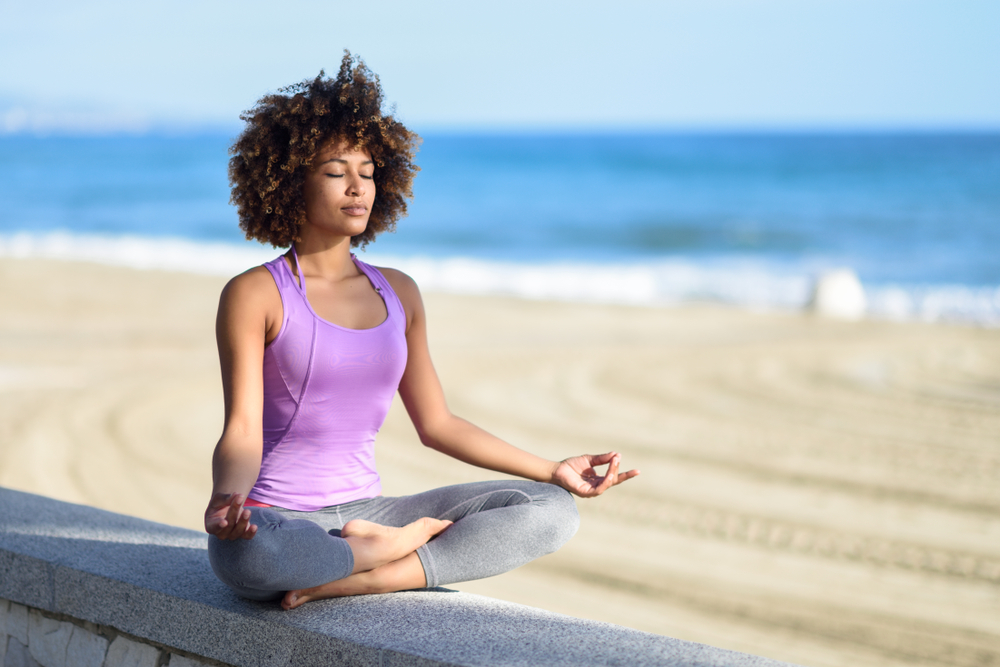
Best yoga poses for tight hips:
External hip rotation supports the health of your knees. This is crucial for weight-bearing sports such as running and weight lifting. It also reduces the risk of ligament or cartilage problems. Useful postures to open your hips include:
- Cobbler’spose
- Wide-legged seated forward fold
- Reclining hand to big toe pose (taking your raised leg to the side).
Too much sitting can shorten your hips flexors, too. This can make you more susceptible to lower back and knee pain. Work on lengthening your hip flexors with poses such as:
- Crescent moon
- Pigeon
- Lizard
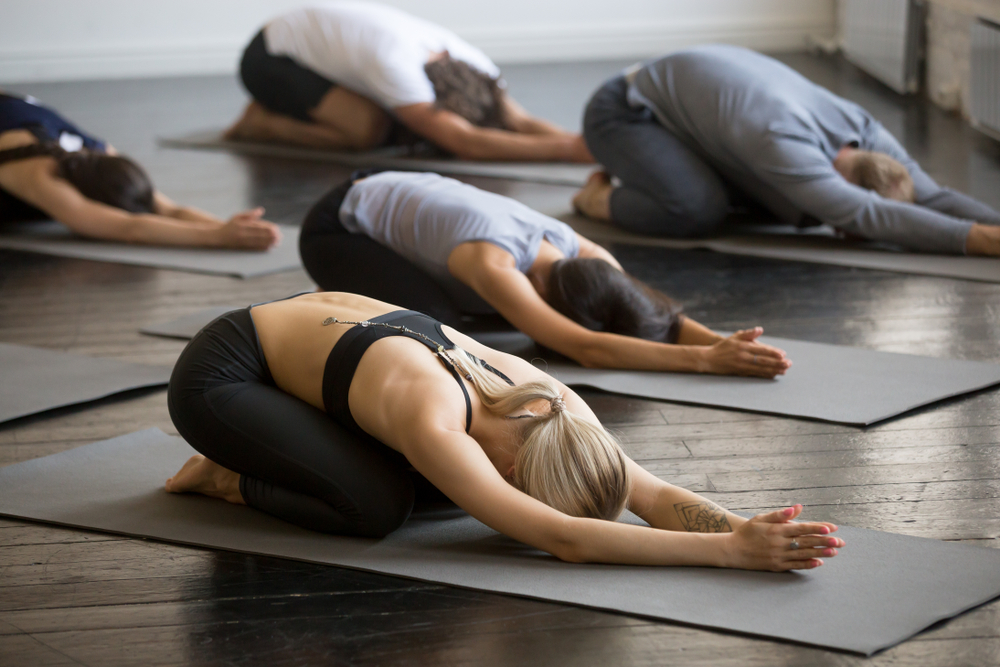
Best yoga poses for shoulder flexibility:
Stress, posture and movement habits – such as how you drive, lift objects or even work out – impact your shoulder mobility. In turn, this can affect your sports performance. If your shoulders are tight, for example, your arms won’t move freely as you run. Plus, your form (and, no doubt, your speed) will be compromised.
Improve your shoulder mobility with the following yoga poses:
- Cow face pose
- Eagle
- Child’s pose
- Wide-legged standing forward fold with your arms behind your back in prayer or fingers interlaced and extended arms lifting upwards.
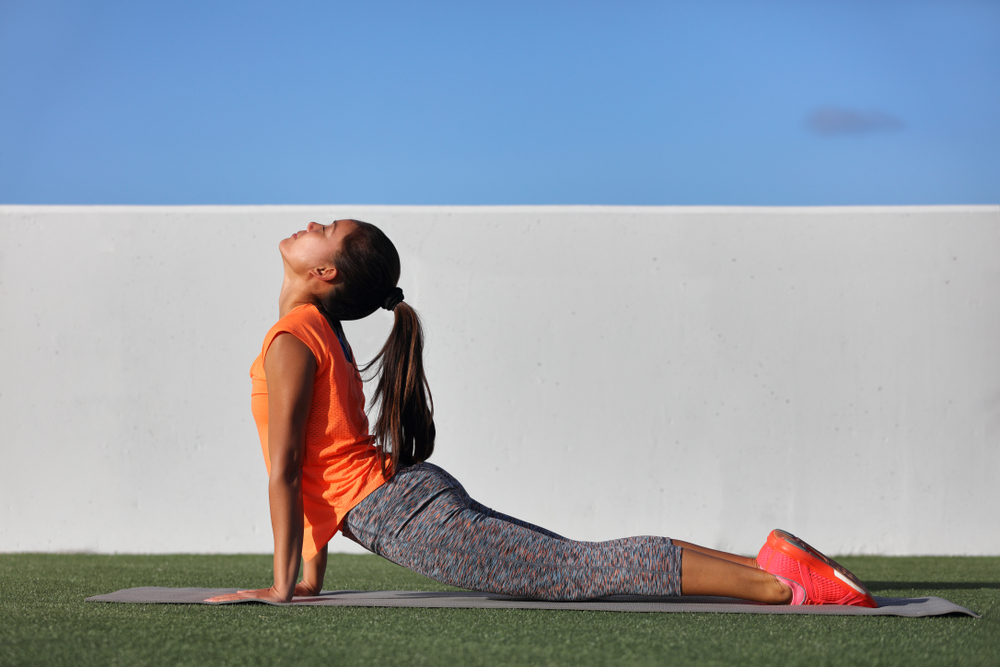
Yoga poses to keep your spine flexible
The best way to keep your spine flexible is to regularly take it through all its planes of movement (bending forwards, backwards, sideways and twisting). Try these yoga poses and movements to improve spine flexibility:
- Warm-up your spine with a few rounds of cat/cow, remembering to move with your breath
- Try yin yoga’s banana pose and easy twist
- Increase the challenge with standing and seated forward folds; cobra, camel and bridge
- Try twists such as revolved side angle pose and revolved triangle.
Remember to always lengthen your spine before you flex, extend or rotate. Creating space between your vertebrae will increase your ROM, so add a few downward dogs into your practice, too.
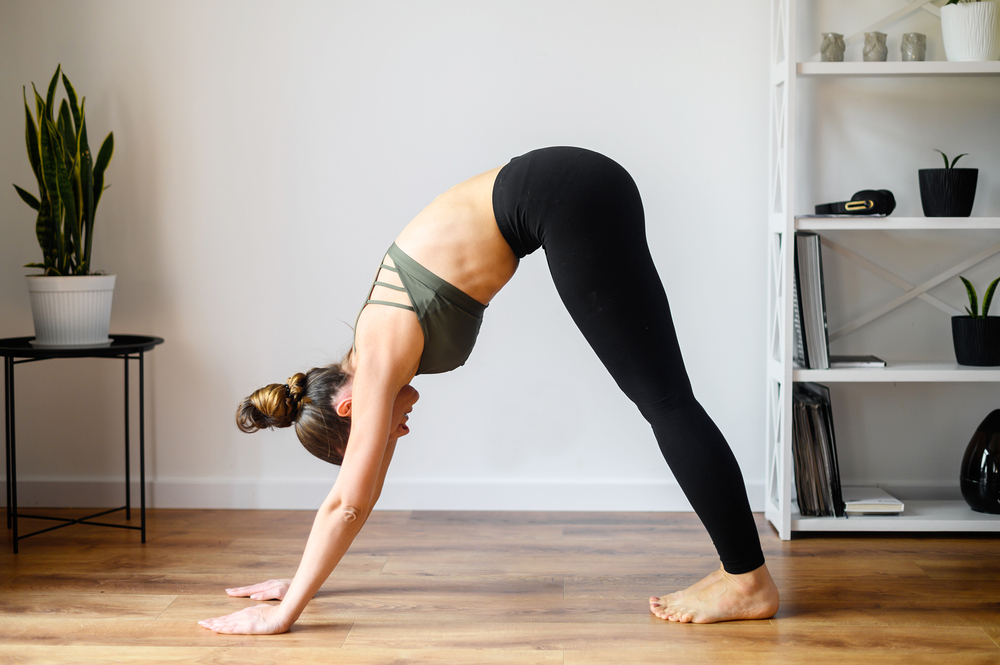
Best yoga poses for leg flexibility
If you’ve started a new exercise regime, are doing lots of endurance training or are sitting for long hours, your calves, hamstrings and quads are likely to pay the price. Regular stretching will help prevent muscle shortening, but specific yoga poses will boost flexibility, too. For your quads, try…
- Bow
- Half moon bow
- Dancer’s pose
- Extended hand to toe pose
Your hamstrings will benefit from all straight-legged forward folds. Try…
- Head to knee pose to target one leg at a time
- Downward dog
- Sleeping Vishnu
- Half moon
- Pyram
Is Yoga or Pilates better for improving flexibility?
Q: ‘I’m not sure whether to take up yoga or Pilates. What’s the difference between the two?’
Both yoga and Pilates are low-intensity and low-impact forms of exercise that share postures such as plank, cobra (swan in Pilates) or boat (open leg balance) and downward dog (elephant), which can be confusing.
While they each have a variety of different styles – and different teachers will also have their own focus – from a physical point of view, yoga tends to focus more on flexibility and Pilates focuses more on strength. Perhaps the main difference between the two can be traced to their origins.
There’s often a strong spiritual element to yoga – in fact, the postures you’ll practise today were developed to prepare the body for meditation– and the aim is to unite mind and body. Pilates, on the other hand, was developed during the first world war to help patients heal and rehabilitate.
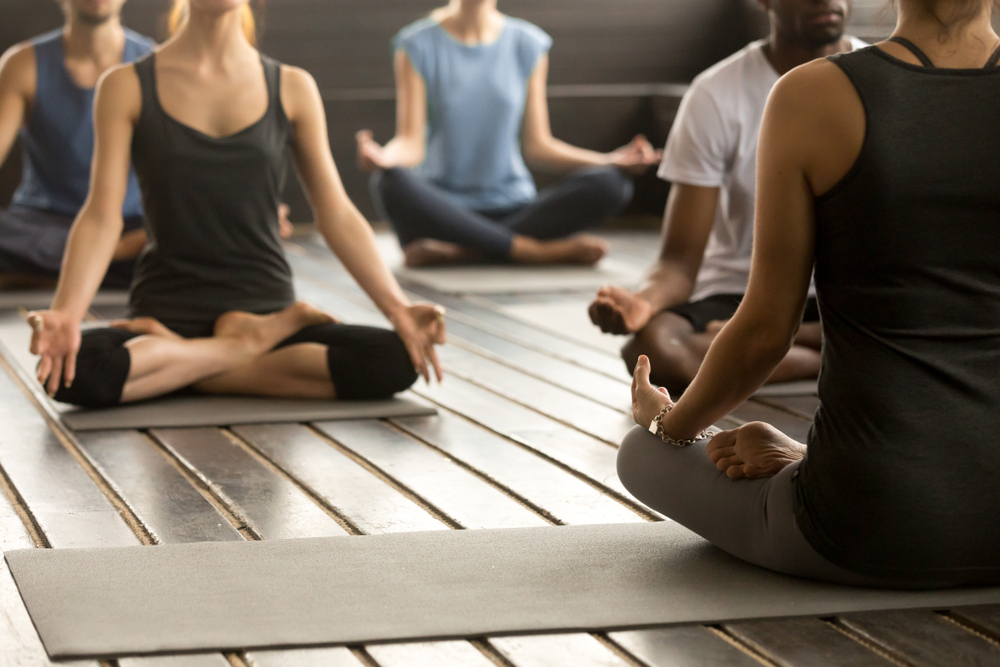
Yoga tends to focus more on flexibility and Pilates focuses more on strength.
Yoga begins with the breath, and helps you become more grounded and centred, creating balance on all levels. Postures may be seated, standing or lying, and often link together in a flowing sequence. In Pilates, you first work on building core strength, then balancing muscle strength, so your body is symmetrical, before going on to work with flexibility. The exercises are performed lying on your back, side or stomach, and reformer Pilates offers the use of machines.
Why not explore both and see which works best for your needs? Some people believe those who are more logical tend to like Pilates, while creative people tend to prefer yoga. If you don’t want to head to a physical class, streaming sites such as ekhartyoga.com or yogainternational.com offer free trials. And new online Pilates studio A Body Forever offers both classical and contemporary Pilates on demand, plus Pilates flow classes.

